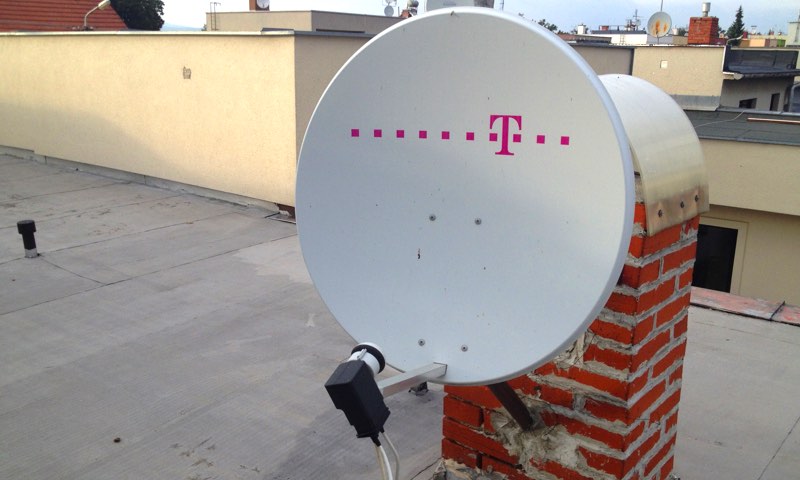Motor vehicle accidents cause more workplace deaths than anything else. In 2020, 37% of on-the-job deaths in the United States were caused by vehicular accidents. More than 1,700 workers died. Thus, teaching employees to be defensive drivers is critical, visit website.
In addition to the loss of lives, traffic crashes cost companies billions of dollars annually. In 2019, businesses paid out $72.2 billion for costs related to traffic accidents. Expenses included medical care for crash victims, liability, property damage, and loss of productivity. (To get a more precise number, safety managers can turn to the Network of Employers for Traffic Safety for support; the organization’s Cost of Crashes Calculator quantifies the cost of traffic accidents based on a company’s unique data.)
Smart leaders require every employee to take a defensive driving/driver safety course when their jobs require any time behind the wheel.
Defensive Drivers Choose Caution Over Speed, and Other Core Concepts of Road Safety
The 15 rules of defensive driving stress patience, caution, and consistency. After learning the rules of the road, employees are prepared to deal with unforeseen circumstances from drivers with road rage to bad weather.
- Prepare before you leave. Build in enough time to avoid rushing and to allow for breaks and needed stops. Check your vehicle to make sure it’s operational, especially if it’s a vehicle you’re unfamiliar with, including walking around and conducting a visual inspection. Before starting the vehicle, adjust seat, mirror, climate control, GPS/directions and music so that you aren’t distracted by these while driving. Switch your cell phone to “do not disturb” setting to limit distractions.
- Look ahead. A driver with defensive driving skills scans the road ahead of them and behind them. They ensure road safety by scanning ahead at least ten seconds, a quarter of a mile, or to the next intersection to ensure they have enough time to avoid potential dangers.
- Prepare for the unexpected. Because drivers don’t know what other drivers will do, they must keep an eye on the actions of others at all times. Erratic drivers, such as drunk drivers or people on mobile devices, might swerve into their lane or change speeds unexpectedly. Drivers need to be ready to react quickly.
- Don’t speed. Driving above the posted speed limit increases risk in two ways: it cuts reaction time and results in more damage if the driver gets in a wreck. A defensive driver chooses a speed matching traffic as closely as possible without exceeding speed limits. If traffic is moving at high speeds and aggressive drivers are present, drivers need to keep to the right and out of the way.
- Don’t drive when impaired. Driving while impaired includes more than drunk driving. Driver fatigue, illness, and the use of medications, alcohol, and drugs all are possible hazards and need to be considered before a driver gets behind the wheel.
- Always wear a seatbelt. Wearing a seatbelt cuts the likelihood of dying in a traffic accident in half. Safety belts provide impact protection, absorb the force of a crash, and keep drivers and their passengers from being thrown out of the vehicle.
- Don’t run red lights. There are three types of red-light runners—daydreamers, distracted drivers, and aggressive drivers. All three types cause car accidents. A safer driver pays attention to traffic lights, slows down, and comes to a complete stop. The same goes for stop signs.
- Follow traffic laws. Basic traffic laws codify the concept of defensive driving. Although the average person understands traffic rules, many careless drivers ignore them. Drivers need to follow the laws because they keep traffic moving in a predictable manner. When drivers know what others are going to do, they avoid conflicts and collisions.
- Create space. Defensive drivers create space around their vehicles. A safe following distance is two to four seconds depending on variables like heavy traffic or adverse weather conditions. Drivers determine the safe following distance by watching the vehicle ahead of them pass a specific mark on the side of the road, then counting “one-thousand-one, one-thousand-two, etc.” If their front bumper passes the same mark before they finish counting, they’re following too closely.
- Signal correctly. Signaling at the wrong time often leads to traffic crashes. For example, if a driver is approaching an intersection, and plans to turn right immediately after the intersection into a gas station, they increase the risk of an accident if they signal too soon. Another driver might turn left in front of them because they don’t know where they are turning. Keep this in mind when moving across lanes as well, signaling and checking traffic around you as well as your blind spots are important when changing lanes.
- Know the vehicle’s blind spots. Road users need to familiarize themselves with the largest blind spots of fleet vehicles before they drive them. The blind areas on most vehicles are large enough to hide other vehicles, so before changing lanes good defensive drivers turn their heads to check for oncoming traffic.
- Avoid distractions. Potential hazards when driving include eating, drinking, applying makeup, talking on cell phones, adjusting music, dealing with kids, or talking to passengers. Technology like hands-free devices and Bluetooth audio might lead drivers to think it’s safe to multitask while driving, but the human brain can do only one thing at a time well. The HSI Distracted Driving Course trains employees to focus on the task of driving instead of mobile phones and other distractions.
- Beware of intersections. Intersections are one of the most dangerous areas for any driver. More than 80% of all collisions in cities that result in injury or death occur within signal-light intersections. To reduce their risk, drivers must slow down as they approach a green light and make sure to look left, then right, then left again. The first danger to drivers is the traffic approaching from their left. If the intersection is a blind one—where a driver can’t see the traffic on the cross street until they are very close—they need to slow down even more. And remember to yield to other drivers in intersections without stoplights; one of the golden rules of defensive driving is, “If you’re at an intersection and you don’t know if it’s your turn to go, let the other driver go.” This is especially important when aggressive driving is involved.






Spustili aj aj kanal Vianoce s Magio. je vtipne, ze niektore rozpravky idu takmer subezne na programe Vianoce s Magio a na programoch komercnych televizii JOJ a Markiza. Co som to pozeral, zatial to ide bez reklam. Mam Magio GO M
Ale to v normalnej IPTV kablovke nie je. A ani na Magio Go v mobile 🙁
Kedy chcú pridať chýbajúce TV stanice do Magio Go? MTV Live HD, iConcerts HD, 360 tunebox??? A čo nahrávanie??? Bude možnosť si priplatiť aspoň 100 hod na 180 dní ako na IPTV???